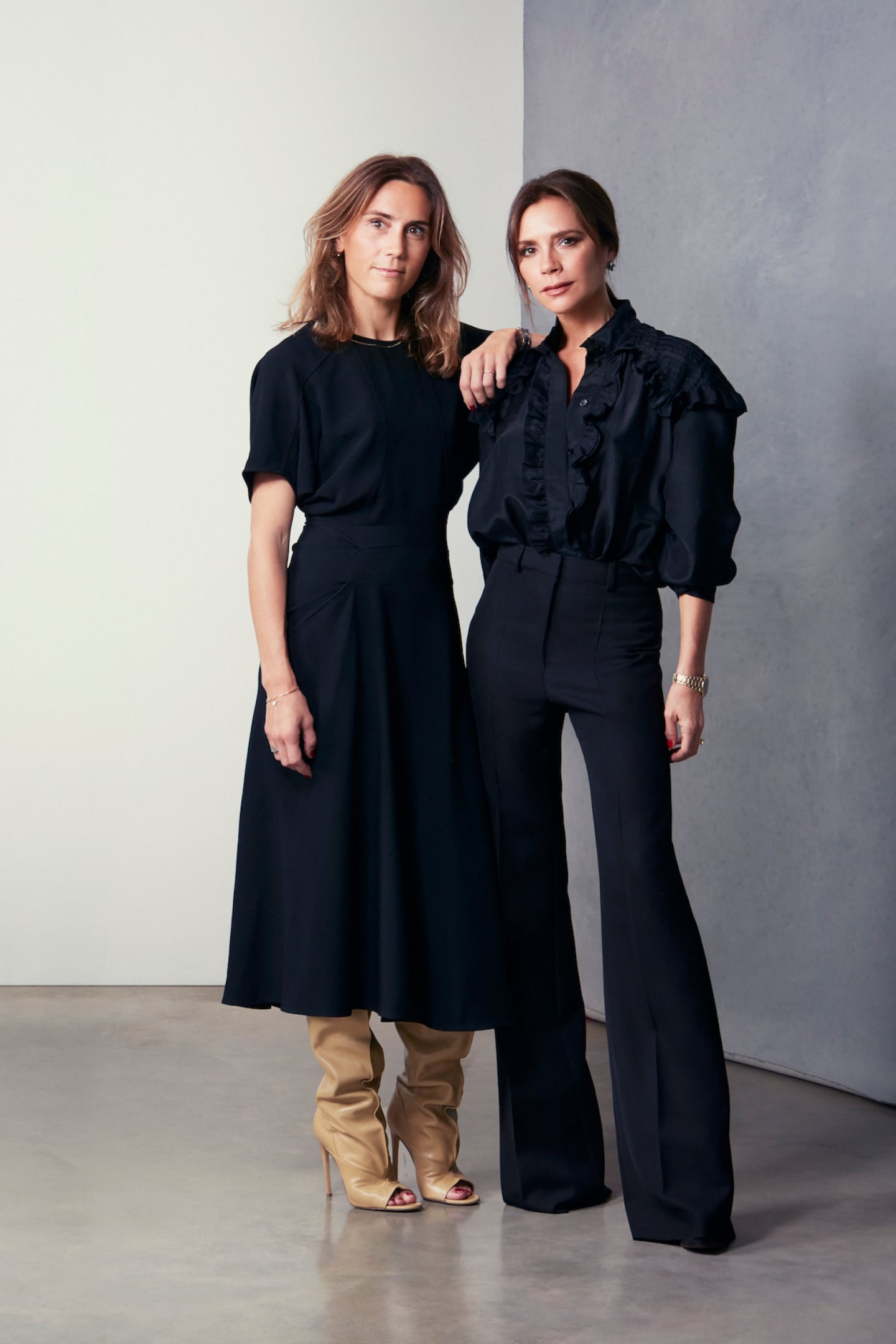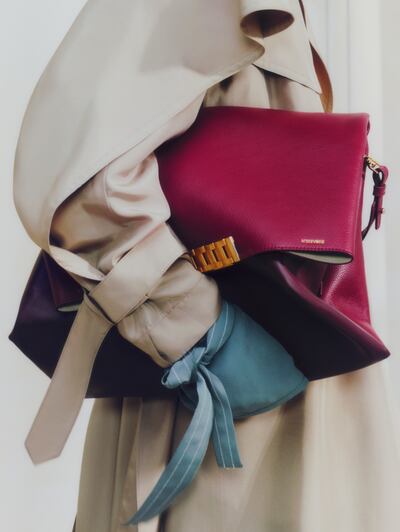
The Business of Fashion
Agenda-setting intelligence, analysis and advice for the global fashion community.

Agenda-setting intelligence, analysis and advice for the global fashion community.

Is Victoria Beckham’s brand turnaround finally starting to take shape? More accessible price points, a knit basics line and high-margin beauty unit are helping to usher in what Beckham and her team hope will be a new chapter for the company.
Profitability remains elusive 15 years after founding the label, but sales have been growing by double digits for the last seven wholesale markets over four collection seasons, chief executive Marie Leblanc said.
In 2021, revenues rose 13 percent year on year to £40.8 million ($49.6 million), surpassing pre-pandemic levels by 7 percent, company filings published Tuesday show. Growth accelerated in 2022 to a high double-digit percentage, the company said, supported by launching new leather goods and a “VB Body” knitwear line, as well as staging a Paris Fashion Week runway show.
Losses in 2021 narrowed to £5.9 million ($7.2 million) compared with £8.6 million ($10.5 million) in 2020. “We are close [to profitability] and this is of course a focus,” said Leblanc, who declined to commit to a timeline pointing to the uncertain economic climate.
ADVERTISEMENT
Still, newfound momentum at the label has inspired big ambitions: the brand now hopes to triple revenues in three years to surpass £120 million, Leblanc told BoF. “Our ambition is really to bring the business to its potential,” she said.

When Beckham launched her namesake luxury label in 2008, her sophisticated-meets-sexy, figure-hugging dresses quickly gained traction among celebrities like Eva Longoria, Blake Lively and Heidi Klum. The former Spice Girl shook up her glitzy pop image with pared-back, polished collections that were both flattering and wearable.
Despite Beckham’s celebrity profile and a warm reception from industry insiders, the brand has yet to turn a profit, as well as reporting a bumpy top line in recent years even after receiving a £30 million cash injection from private equity firm Neo Investment Partners in return for an undisclosed stake in the company in 2017. (At the time, the deal reportedly valued the business at £100 million.)
Since former Printemps buyer Leblanc took the reins as CEO in 2019, the brand has retooled its product mix to reduce exposure to ultra-high-end ready-to-wear — a segment where the brand had to compete for clients with more established luxury houses and buzzy upstarts alike. In 2021, the brand merged its main collection with the “Victoria, Victoria Beckham” diffusion line, lowering the average price for dresses at the combined label by about 40 percent. It has also developed a beauty line, which has seen “tremendous growth,” according to Leblanc.
“The potential and the brand equity were there, but in terms of the business model efficiencies and the brand positioning, things needed to be rethought,” Leblanc said. On the back end, the company has worked to optimise its supply chain and streamlined operating costs to boost gross margins, she said. Now the line remains “beautifully manufactured,” she says, but with a much more affordable price point.
To be sure, even if the revised price positioning (including £350 shirts and £800 dresses) sits more comfortably in the accessible luxury space, Beckham will still have to work hard to compete with the cohort of up-and-coming contemporary womenswear brands like Nanushka and Frankie Shop, which offer similar style propositions at more competitive prices.
Leblanc is betting recent category expansion will help fuel future growth. At the brand’s VB Body line, figure-hugging knit pieces are priced from £90 for a bandeau top to £690 for a midi dress. Last year, the brand also launched its debut collection of bags — a competitive but often-lucrative category for high-end brands.
This year, the company plans to focus on amplifying brand awareness, including by continuing to show on the Paris Fashion Week schedule, as well as expanding into new markets including the Middle East and Asia.
“Geographic expansion gives us the confidence that we can really take the business to [a] higher potential,” Leblanc said.
Editor’s note: This story was updated on Jan. 10, 2023, to clarify the brand has grown for seven consecutive wholesale markets, which equates growth across four collection seasons, and to update the position of the beauty unit.
After restructuring her brand during the pandemic, the pop star-turned-designer revealed a sexier, more playful image at her first runway in nearly three years.
Chairman Ralph Toledano spoke exclusively to BoF about the label’s plans to reverse years of losses and achieve breakeven following filings that revealed a 16 percent sales decline in 2018.
The designer and former Spice Girl speaks at BoF VOICES 2022 about gaining strength from criticism and staying focused and resilient amid constant media scrutiny.
Hermes saw Chinese buyers snap up its luxury products as the Kelly bag maker showed its resilience amid a broader slowdown in demand for the sector.
The group’s flagship Prada brand grew more slowly but remained resilient in the face of a sector-wide slowdown, with retail sales up 7 percent.
The guidance was issued as the French group released first-quarter sales that confirmed forecasts for a slowdown. Weak demand in China and poor performance at flagship Gucci are weighing on the group.
Consumers face less, not more, choice if handbag brands can't scale up to compete with LVMH, argues Andrea Felsted.